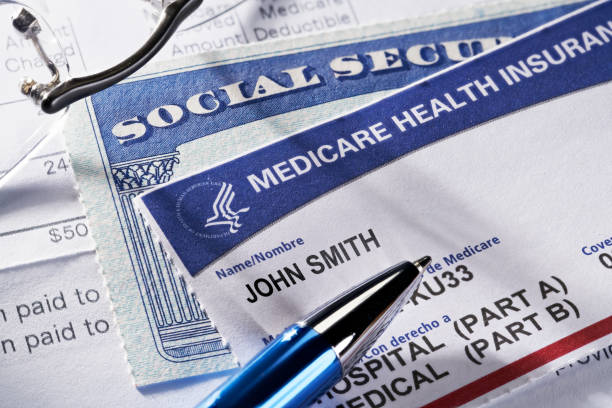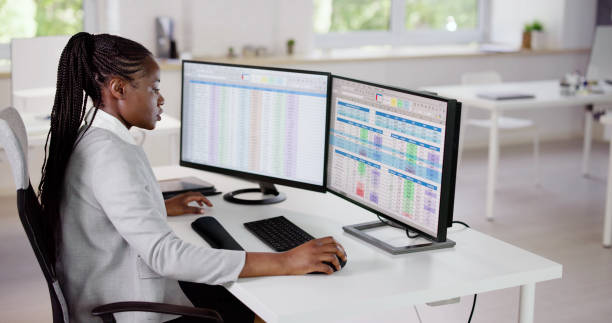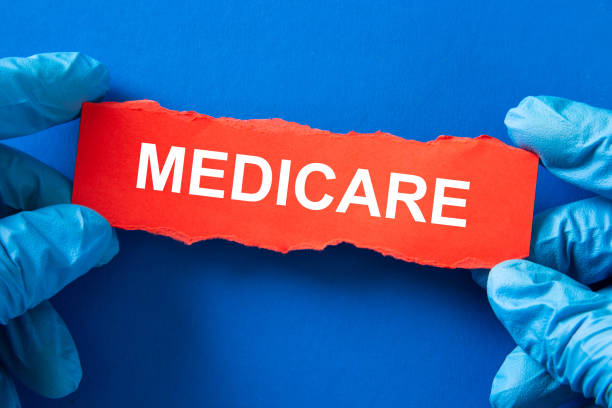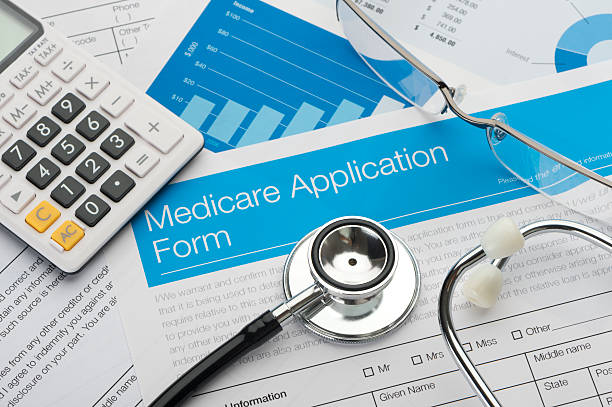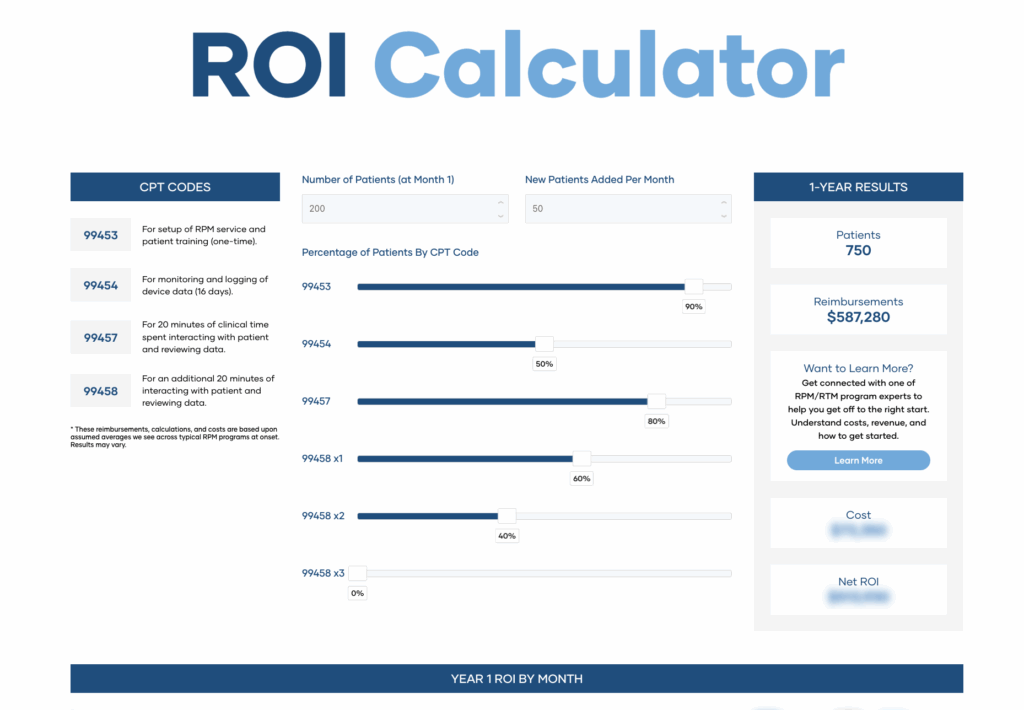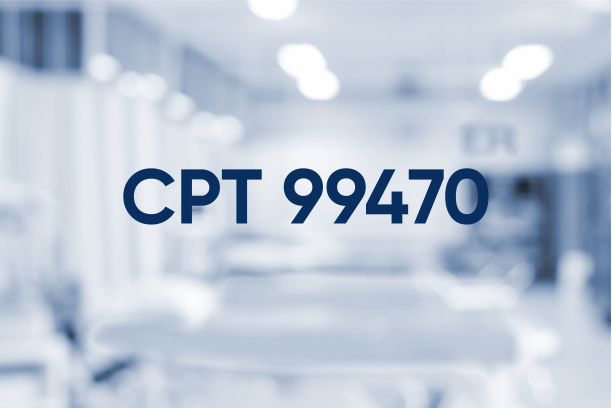Guide to Understanding CPT Code 99457 RPM Reimbursement
Are you interested in understanding CPT code 99457 in remote patient monitoring (RPM) and its reimbursement potential? This complete guide to 99457 billing and reimbursement helps outline all the procedures for CPT 99457 reimbursement, according to the 2026 CMS final rule. Like all RPM CPT Codes CPT 99457 has specific guidelines and qualifications for reimbursement. RPM […]
Guide to Understanding CPT Code 99457 RPM Reimbursement Read More »

